When we think of lightning-fast predators in the animal kingdom, large cats or birds of prey might come to mind. However, lurking in the shadows is a creature whose strike velocity outpaces them all—the Australian funnel-web spider. This remarkable arachnid can strike at prey or perceived threats faster than you can blink, with a speed and precision that has evolved over millions of years. In this article, we’ll explore the fascinating world of the fastest striking venomous spider on Earth, examining its biology, behavior, habitat, and the impressive mechanics behind its lightning-quick attacks.
Meet the Speed Champion The Australian Funnel-web Spider

The Australian funnel-web spider (genus Atrax and Hadronyche) holds the indisputable title of the world’s fastest striking venomous spider. These formidable arachnids are native to eastern Australia and have developed a fearsome reputation not only for their potent venom but also for their incredible strike speed. Scientists have measured their strikes at speeds reaching up to 2 meters per second, with the movement completing in just 10-20 milliseconds—making them nearly impossible to dodge once triggered. Their characteristic funnel-shaped webs serve as both home and hunting ground, where they wait with remarkable patience for unwary prey to trigger their lightning-fast response.
The Impressive Mechanics Behind the Strike

The funnel-web’s extraordinary striking speed comes from a specialized hydraulic mechanism that differs from how many other spiders move. While most spiders rely on muscles to extend their legs, funnel-webs use a combination of muscular contraction and hydraulic pressure. They effectively pump hemolymph (spider blood) into their legs at explosive speeds, creating a catapult-like effect. This hydraulic system is complemented by specialized leg joints that allow for rapid forward momentum. Remarkably, high-speed cameras have revealed that during a strike, the spider’s entire body becomes a precision weapon, with fangs extended and front legs positioned to secure prey in one seamless, lightning-fast motion.
Evolutionary Advantage of Speed
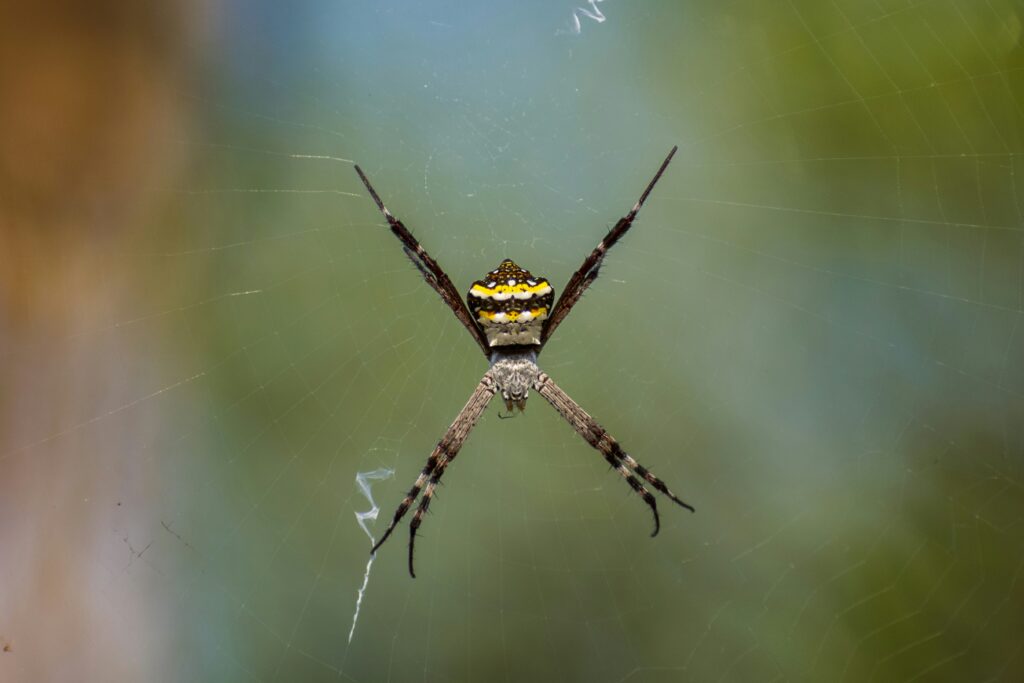
The funnel-web’s exceptional striking speed represents millions of years of evolutionary refinement, providing several critical survival advantages. First and foremost, it allows these spiders to capture fast-moving prey like insects and smaller invertebrates that might otherwise escape. The element of surprise is paramount—prey animals typically have no chance to react once the spider detects their presence. Additionally, such speed provides a defensive advantage against the funnel-web’s natural predators, including birds and small mammals. When threatened, the funnel-web can strike repeatedly with remarkable precision, delivering multiple doses of venom in quick succession, making it a formidable opponent despite its relatively small size.
Physical Adaptations for Speed
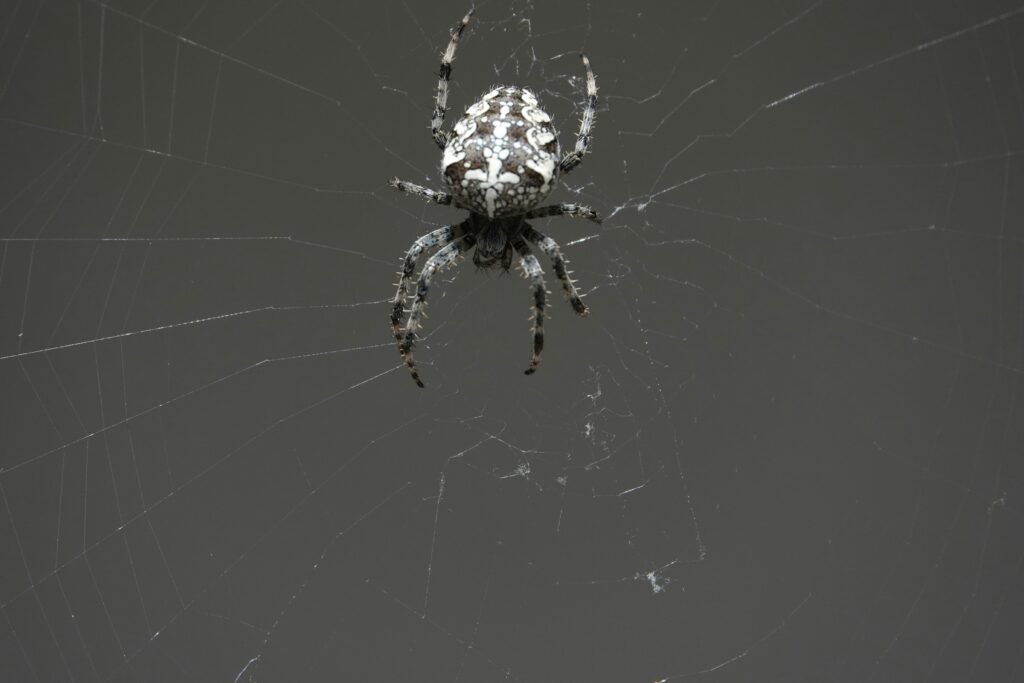
The funnel-web spider possesses several physical adaptations that contribute to its unparalleled striking speed. Their legs are proportionally powerful, containing specialized muscle structures that can contract with explosive force. Their exoskeleton, particularly around the cephalothorax (combined head and thorax), is engineered to withstand the immense pressure generated during a strike without buckling or losing structural integrity. Microscopic examinations have revealed unique joint structures that allow for exceptional range of motion while maintaining stability during high-velocity movements. Perhaps most impressive are their fangs—disproportionately large for their body size, heavily sclerotized (hardened), and capable of penetrating thick materials including human fingernails, delivering venom through remarkably efficient channels.
The Potent Venom Delivery System
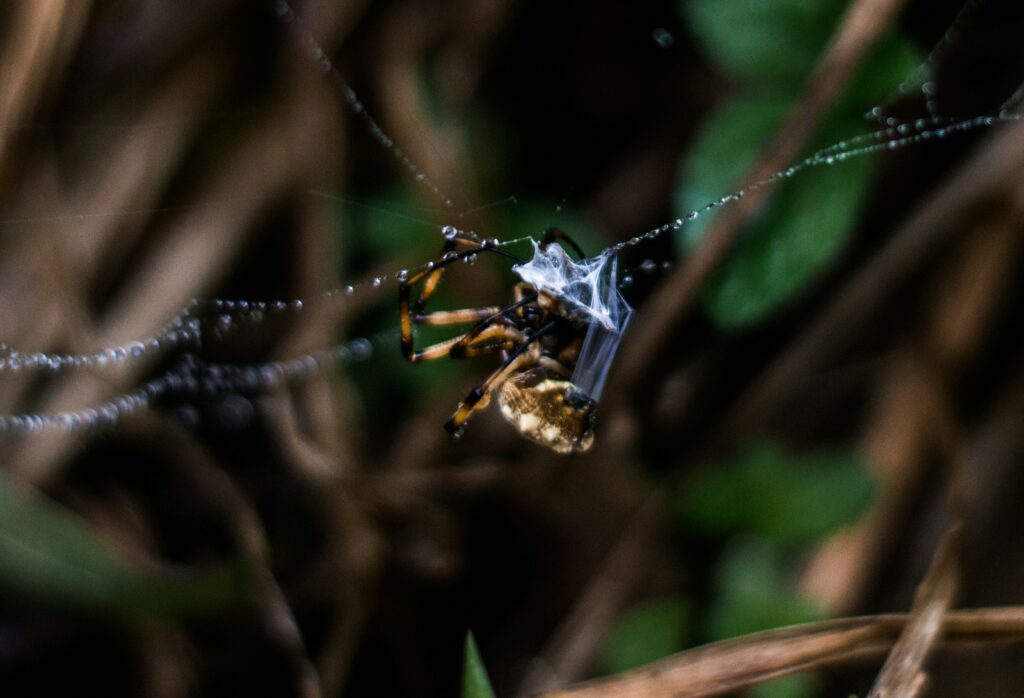
The funnel-web spider’s venom delivery system is as impressive as its striking speed, representing a perfect marriage of mechanical efficiency and biochemical weaponry. Their large, downward-pointing fangs can deliver up to 0.5 milliliters of venom in a single bite—a substantial amount for an arachnid of this size. The venom glands are controlled by dedicated muscles that allow the spider to regulate venom output, conserving this metabolically expensive resource when necessary. Unlike some venomous creatures that may deliver “dry” bites, funnel-webs typically inject a full dose with each strike, particularly when feeling threatened. The venom itself is a complex cocktail of more than 40 different toxins, many of which specifically target the mammalian nervous system, making these spiders particularly dangerous to humans.
Habitat and Web Construction
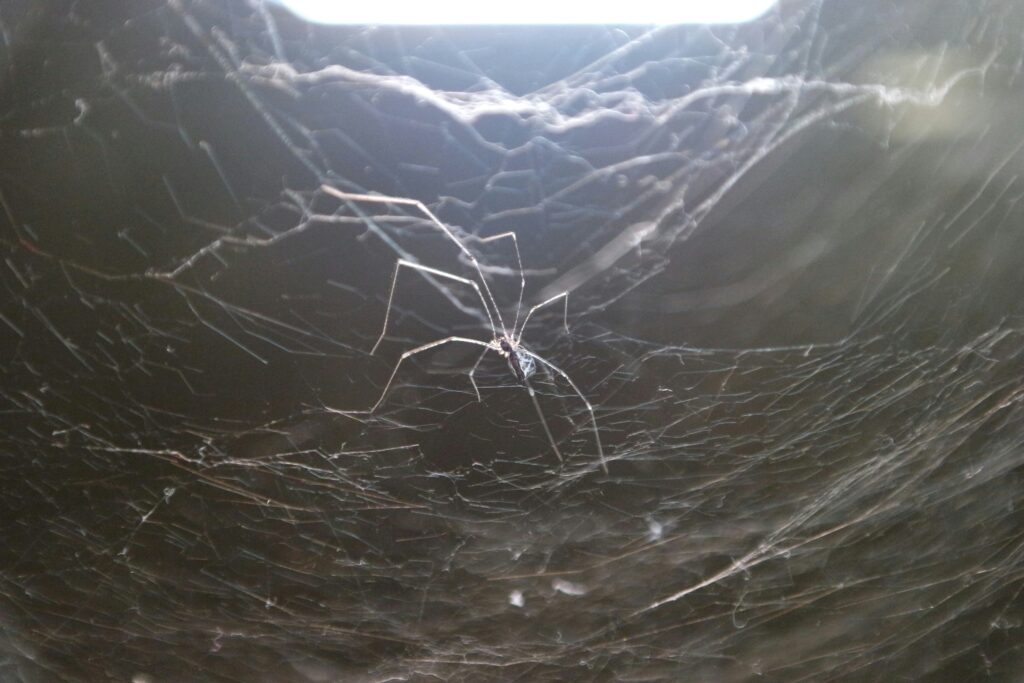
The Australian funnel-web spider constructs its distinctive funnel-shaped silk retreats in environments ranging from suburban gardens to woodland areas, primarily in eastern Australia. These elaborate silk structures feature a wide entrance that narrows into a silken tube, where the spider waits in ambush position. The web’s design serves multiple purposes related to the spider’s lightning-fast strike capability. Trip lines radiating from the entrance act as an early warning system, vibrating when potential prey approaches. The funnel shape channels prey toward the narrowest part where the spider waits, optimizing striking position. Additionally, the web’s structure provides protection from the elements and predators while maintaining the high humidity levels these spiders require for survival.
Hunting Behavior and Prey Detection
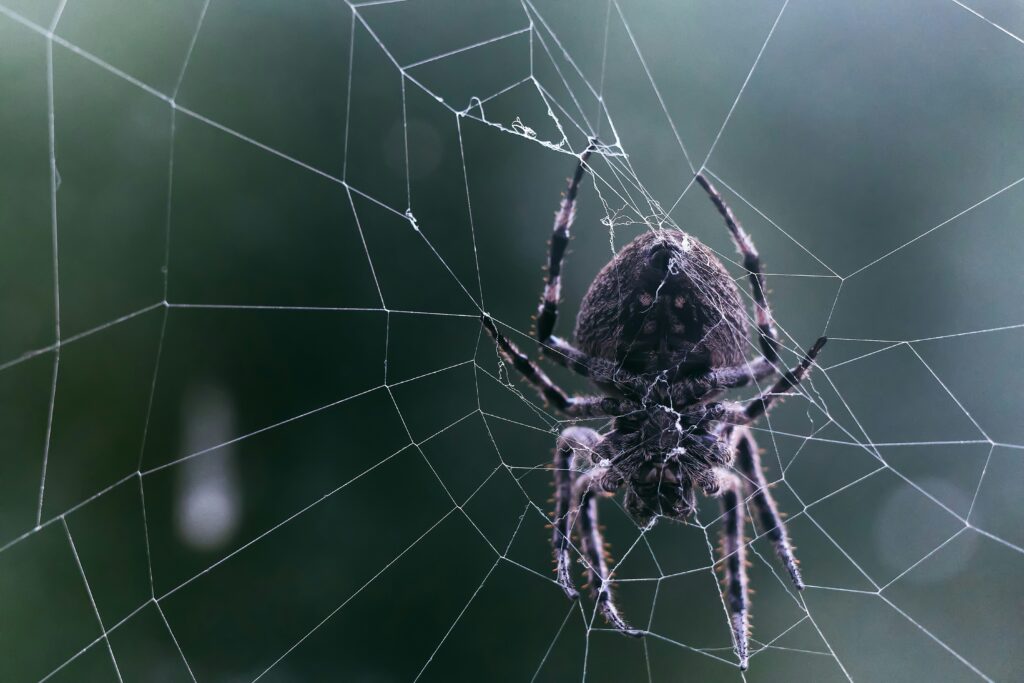
The hunting strategy of funnel-web spiders relies heavily on their remarkable speed and sensory capabilities. These spiders are primarily nocturnal ambush predators, waiting motionless at the entrance of their funnel-shaped retreats for prey to approach. Their legs, equipped with thousands of specialized sensory hairs called trichobothria, can detect the slightest air movements or vibrations, alerting the spider to potential prey from several inches away. Once prey is detected, the funnel-web executes its lightning-fast strike, often completing the entire sequence—from detection to capture—in less than half a second. After securing prey with their powerful fangs, they inject venom that rapidly immobilizes the victim before dragging it deeper into their silken retreat for consumption.
Record-Breaking Speed Measurements

Scientific measurements of the funnel-web’s striking speed have produced astonishing results that place these spiders among the fastest-moving predators on Earth relative to their size. Using high-speed cameras capturing thousands of frames per second, researchers have documented strikes occurring in just 10-20 milliseconds—faster than the human eye can perceive. To put this in perspective, a human blink takes approximately 300-400 milliseconds, making the funnel-web’s strike roughly 30 times faster than a blink. When converted to acceleration terms, these spiders can reach speeds equivalent to a car accelerating from 0 to 60 mph in approximately one-tenth of a second. Even more impressively, the strike maintains remarkable accuracy despite its explosive speed, with the fangs consistently landing precisely where needed to immobilize prey.
Comparative Speed Among Arachnids
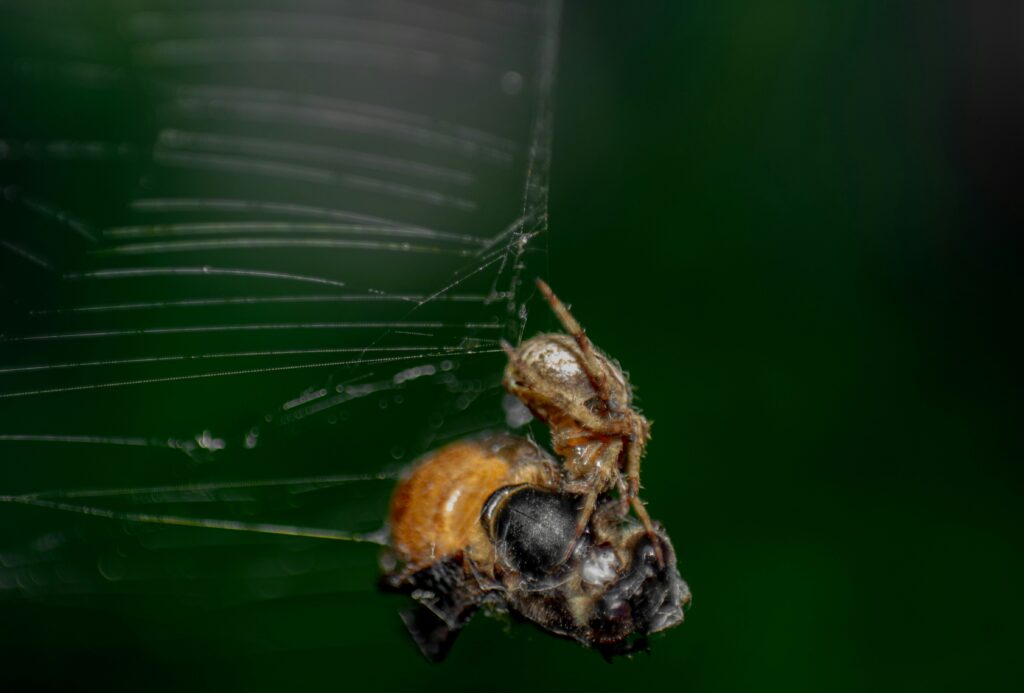
When compared to other arachnids, the Australian funnel-web’s striking speed stands in a class of its own. While trapdoor spiders also employ ambush tactics with considerable speed, their strikes typically occur at about half the velocity of the funnel-web. The infamous Brazilian wandering spider (Phoneutria), while highly venomous, cannot match the strike acceleration of its Australian counterpart. Even the impressive jumping spiders, known for their precise aerial attacks, reach maximum velocities significantly lower than the funnel-web’s strike. Among scorpions, only the fastest species like the deathstalker (Leiurus quinquestriatus) come close, with tail strikes clocked at approximately 0.8 meters per second—still less than half the speed of the funnel-web’s attack.
The Danger to Humans
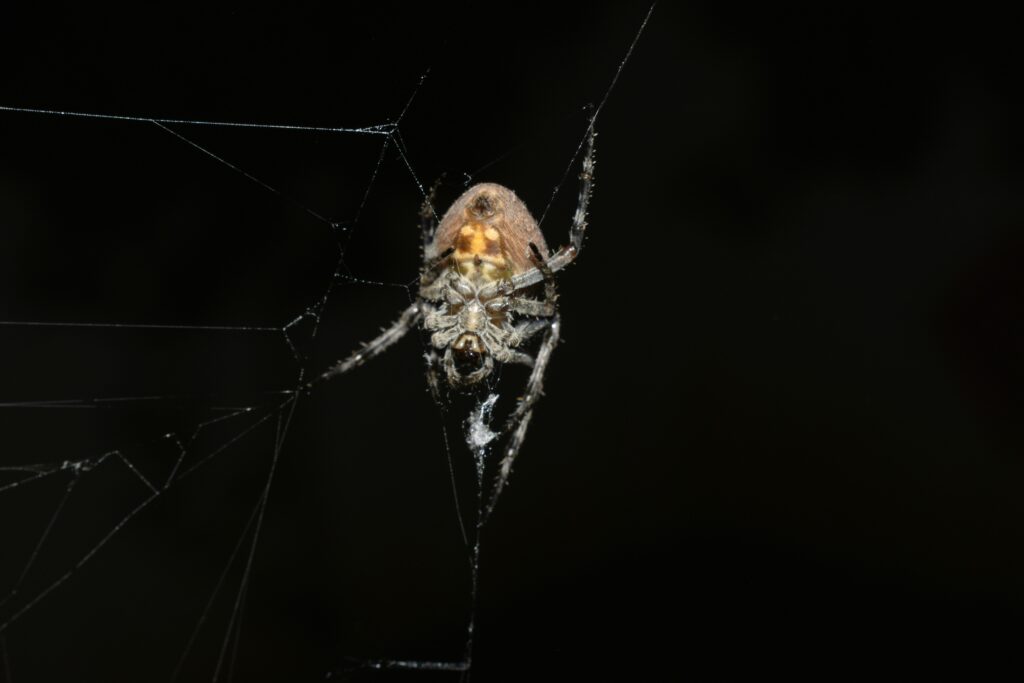
The combination of the funnel-web’s lightning-fast strike capability and potent venom makes it particularly dangerous to humans. Their strike is so rapid that avoiding it once triggered is nearly impossible, and their large fangs can penetrate lightweight clothing or shoes with disturbing ease. The venom contains a compound called delta-atracotoxin, which prevents nerve cells from properly processing electrical signals, leading to severe symptoms including intense pain, muscle spasms, high blood pressure, difficulty breathing, and potentially death if left untreated. Before the development of antivenom in 1981, fatalities occurred within hours of being bitten. Particularly concerning is the male Sydney funnel-web spider (Atrax robustus), whose venom is significantly more toxic to humans than females, and which tends to wander during mating season, increasing human encounters.
Scientific Research Applications

The funnel-web spider’s remarkable striking mechanism has inspired numerous scientific and engineering innovations. Robotics engineers study these spiders to develop faster-acting mechanical systems that require minimal energy input while delivering maximum force—potentially useful in everything from industrial machinery to prosthetic limbs. The hydraulic principles employed by the funnel-web have informed the development of soft robotics, where fluid-driven movement can create more natural and efficient motion than traditional electric motors. Medical researchers investigate the spider’s venom components for potential pharmaceutical applications, with several compounds showing promise as treatments for conditions ranging from chronic pain to cardiac arrhythmias. Additionally, materials scientists study the structural properties of the spider’s exoskeleton to develop impact-resistant materials that maintain flexibility.
Conservation Status and Future Research
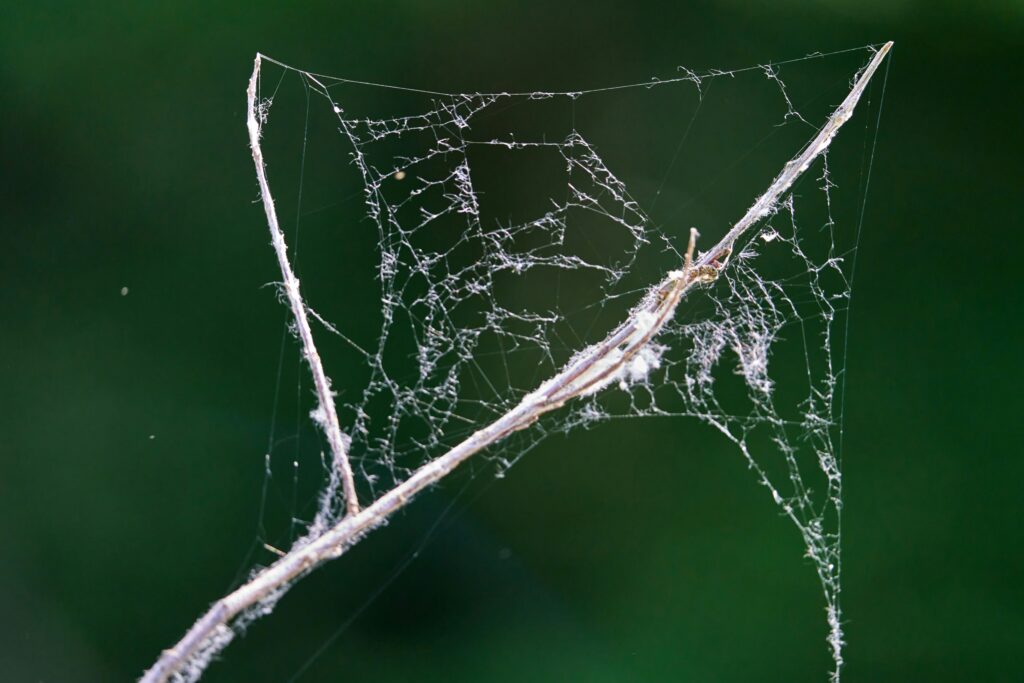
Despite their fearsome reputation, funnel-web spiders face various conservation challenges as urban development encroaches on their natural habitat. Several species remain poorly studied, with population trends largely unknown due to their secretive nature and the difficulty of conducting comprehensive surveys. Climate change presents another potential threat, as these spiders require specific humidity levels and temperature ranges to thrive. Future research directions include more detailed mapping of different species’ distributions, understanding their ecological roles as predators, and investigating potential population declines. Ongoing venom research continues to reveal new compounds with potential medical applications, creating an interesting paradox where one of Australia’s most dangerous animals may ultimately provide treatments for human ailments.
Myths and Misconceptions

Despite scientific understanding of funnel-web spiders, numerous myths persist about these remarkable arachnids. Contrary to popular belief, funnel-webs do not chase humans aggressively—their defensive behavior typically involves remaining stationary with raised legs and fangs, striking only when they perceive an immediate threat. Another common misconception is that all funnel-shaped spider webs indicate the presence of these dangerous spiders, when in fact many harmless species construct similar retreats. Some believe incorrectly that funnel-webs can jump several feet toward a threat, when their strikes, while blindingly fast, originate from a stationary position. Perhaps most importantly, while these spiders are indeed dangerous, fatalities have become extremely rare since the development of effective antivenom, with no recorded deaths in Australia since 1981.
Conclusion
The Australian funnel-web spider represents one of nature’s most impressive evolutionary achievements—a predator combining unmatched striking speed with deadly venom. Its remarkable hydraulic striking mechanism, completing in mere milliseconds, stands as testament to the extraordinary adaptations that can develop through millions of years of evolution. While respect and caution are certainly warranted around these formidable arachnids, they also deserve admiration as masterpieces of natural engineering. As research continues, these eight-legged speed demons will undoubtedly continue to reveal new secrets that could benefit fields ranging from robotics to medicine, proving that even creatures we fear can contribute valuable knowledge to human advancement.

